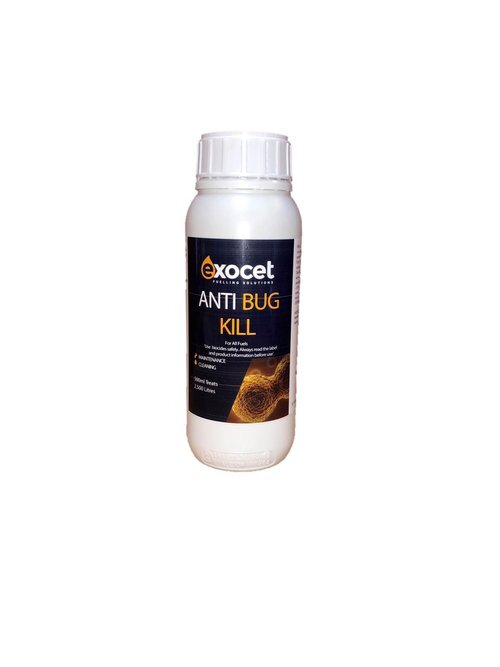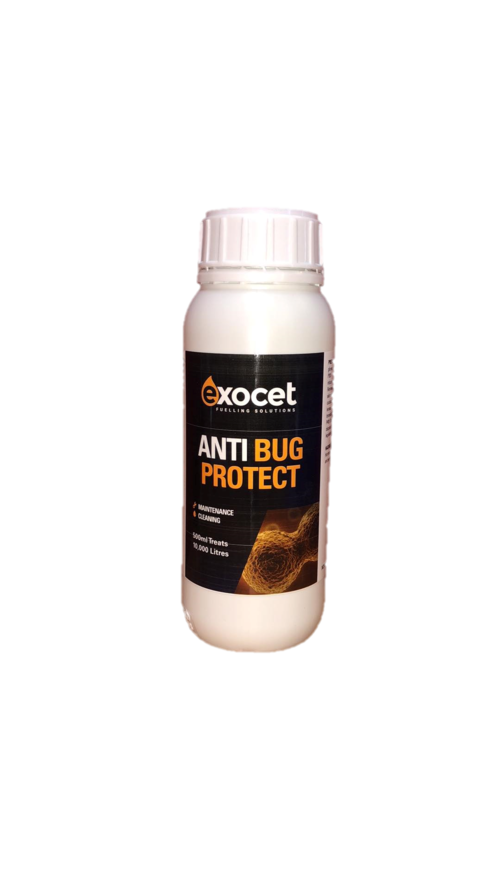If you’re using diesel-powered equipment, it is important to ensure that your fuel is monitored and protected against the build-up of diesel bacteria (also known as diesel bug), which can form inside your storage tanks.
Diesel bug is a micro-organism that can gather inside your fuel tank and quickly degrade your fuel supply and affect the running of your diesel-powered machinery.
How Do Bacteria Enter Your Tank?
In a busy working environment, it can be easy for a diesel bug to manifest, even when proper safety precautions are taking place.
Water that forms in fuel tanks due to condensation provides ideal conditions for a diesel bug to grow, which will deteriorate your fuel and create a sludge that is capable of damaging your engine.
What Is A Diesel Bug?
Diesel bug is the name for the microbial contamination within diesel fuel. Diesel fuel usually contains up to 7% biodiesel which is great for the environment but not so much for businesses who need to store fuel.
Bio-Diesel holds and attracts water more than other fuels. The attraction of water encourages the growth of the diesel bug and can lead to sludge which can build up inside your tank. The diesel bug thrives from any amount of water when met with biodiesel. Therefore, it is crucial that no water gets into your fuel storage tank.
The diesel bug can spread very quickly by doubling in size every 20 minutes. This means that it does not take long until the biomass of diesel bug to become a few centimetres thick, causing problems to your engine and tank.
What Does A Diesel Bug Look Like?
The thick concentration of diesel bug can look like slime and can either be a dark brown or black colour depending on the bug. The bug lives in the layer between water and fuel and may give off a foul smell.
Spot The Signs
Some of the ways to tell if your fuel is contaminated include:
Difficulty starting engine/losing power
Blocked filters that need changing on a regular basis
Bad smell from fuel
Sediments that may look like coffee in the filters
Increase in fuel consumption
Knowing which signs to look for and acting quickly can help you to prevent problems associated with the diesel bug.
How To Treat It
Ideally, using exocet Anti-Bug to treat the diesel bug is the best option. To ‘kill’ or ‘shock treat’ the infestation the treat rate is 1 litre treats 5,000 litres of fuel and then it is advised to treat using a maintenance protection dose of 1 litre to treat 20,000 litres of fuel. The best course of ‘kill’ action is to treat the fuel already in the tank and then add more fresh fuel on top to ensure all internal areas of the tank (potential breeding grounds) are coated with the treated fuel and leave for 48 hours. After this time the fuel is usable and you will have to change the fuel filters during the next week regularly as the bugs die.
They always say, ‘prevention is better than cure and it is advisable to dose the Exocet Anti-Bug product at protection levels to ensure that businesses do not incur any downtime costs or pipe/tank corrosion costs associated with a bug infestation. This cost can be detrimental to businesses relying on vehicles to meet contract deadlines or backup generators that need to supply the national grid etc…
Prevention dosing of Exocet Anti-Bug is much cheaper than using the shock treat ‘kill’ method and will provide peace of mind.
To order additives for your fuel or for more information, please give our office a phone on 01360 660264 and one of our friendly staff will assist you.














Completely running out of heating oil can leave you without hot water or heating, this is especially inconvenient during winter when it’s needed the most. Running fully dry of heating oil is easily done by not keeping an eye on your fuel levels or from fuel theft